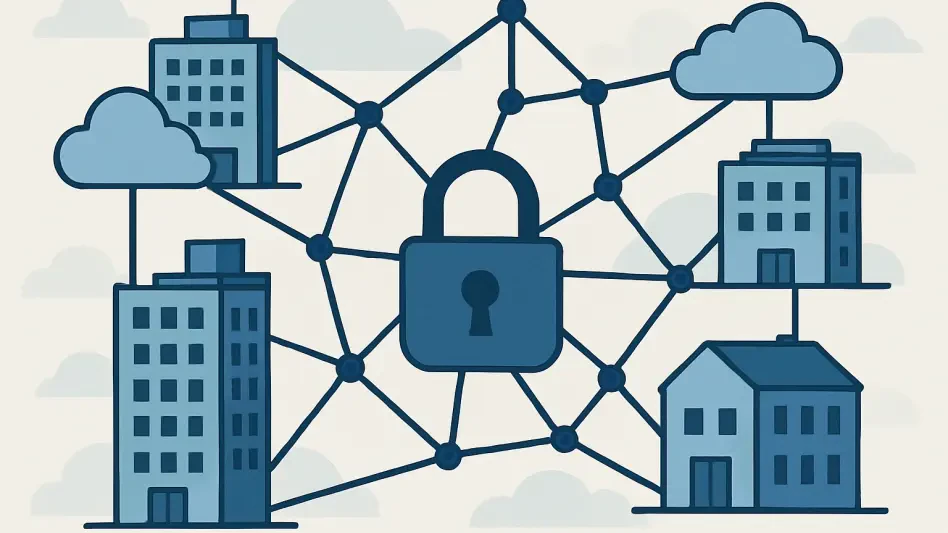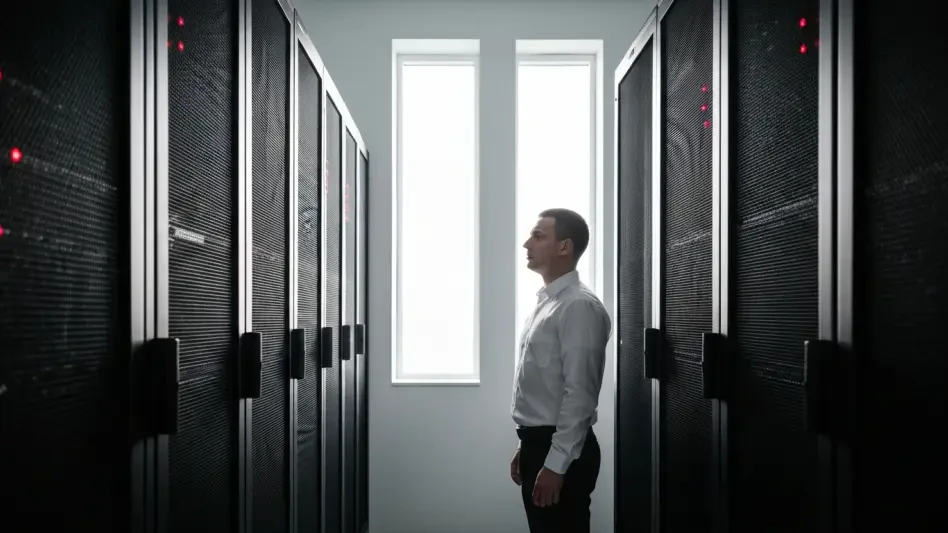In an era where businesses operate across multiple locations, managing network security has become a daunting challenge for IT teams tasked with safeguarding complex, distributed infrastructures. With cyber threats evolving at an alarming pace, the need for a centralized, efficient, and robust security management solution has never been more critical. Enter a powerful tool designed to tackle these very issues by streamlining the administration of multi-site networks. This innovative platform offers a way to oversee firewalls, VPNs, and SD-WAN setups from a single interface, reducing complexity and enhancing protection. By automating routine tasks and providing real-time insights, it empowers administrators to focus on strategic priorities rather than getting bogged down in repetitive configurations. This article delves into the key features and benefits of this solution, exploring how it transforms the landscape of multi-site security management for organizations of all sizes.
Streamlining Network Administration
Enhancing Operational Efficiency
Managing security across multiple sites often involves juggling countless configurations and policies, a process that can drain time and resources from IT teams already stretched thin. A centralized management solution steps in to alleviate this burden by offering a user-friendly graphical interface that minimizes the risk of errors during setup. This platform enables global policy management, allowing administrators to define and deploy security and filtering rules across all locations with ease. Features like Zero Touch Deployment further simplify the process by automating equipment setup, ensuring that devices are configured correctly as soon as they reconnect to the network. The result is a significant reduction in manual workload, freeing up valuable time for IT staff to address more pressing security concerns. Beyond just saving time, this approach ensures consistency across the infrastructure, reducing vulnerabilities that might arise from human oversight or inconsistent policy application.
Automating Routine Tasks
Automation stands as a cornerstone of effective multi-site security management, particularly when dealing with repetitive tasks that can bog down even the most skilled administrators. By integrating real-time data exchange with network security firewalls, this solution ensures that configurations remain secure and up-to-date without constant manual intervention. Updates and patches can be deployed centrally, eliminating the need to handle each device individually. Moreover, the ability to schedule or defer script execution adds another layer of flexibility, allowing IT teams to plan maintenance during off-peak hours to avoid disruptions. This level of automation not only boosts efficiency but also enhances the integrity of the network by ensuring that every component operates under the latest security protocols. The seamless coordination between different elements of the infrastructure creates a cohesive environment where potential issues are addressed proactively, long before they can escalate into significant threats.
Bolstering Security and Oversight
Providing Centralized Control
Achieving a comprehensive view of a multi-site network is no small feat, yet it is essential for maintaining robust security and making informed decisions swiftly. A unified management platform offers a single point of control for overseeing firewalls, VPN tunnels, and SD-WAN infrastructures across all locations. This centralized approach allows administrators to monitor network health, deploy updates, and adjust filtering policies from one dashboard, eliminating the need to log into multiple systems. Advanced functionalities, such as the automatic creation of Virtual Tunnel Interfaces and detailed monitoring of SD-WAN link quality, further enhance visibility and control. Such capabilities ensure that any anomalies or performance issues are detected and addressed promptly, maintaining the network’s overall stability. This holistic perspective empowers IT teams to respond to threats with precision, ensuring that no corner of the infrastructure is left unprotected or unmonitored.
Strengthening Protection Mechanisms
Security remains the bedrock of any network management solution, and this platform excels by incorporating cutting-edge features designed to fortify multi-site environments against evolving threats. Support for advanced encryption methods, including post-quantum options, ensures that data remains secure even against future cryptographic challenges. Specific rules tailored for SD-WAN setups add an additional layer of protection, optimizing traffic while safeguarding sensitive information. Integration with third-party tools through a secure REST API facilitates seamless collaboration within broader security ecosystems, enhancing overall defense mechanisms. Additionally, features like automatic backups and centralized configuration storage provide a safety net, ensuring quick recovery in the event of a breach or failure. By combining these protective measures with rapid incident analysis capabilities, the solution enables organizations to stay ahead of potential risks, maintaining a fortified network posture across all sites.
Adapting to Modern IT Needs
Flexibility in deployment and compatibility with contemporary IT environments are crucial for any security solution aiming to meet diverse organizational needs. This platform shines by offering seamless integration with trusted cloud marketplaces, providing options for businesses leveraging cloud-based infrastructures. Such adaptability ensures that whether an organization operates on-premises or in the cloud, the management system can scale and evolve accordingly. Secure external connections and API support further enhance its versatility, allowing for tailored integrations that suit specific workflows. This forward-thinking design not only addresses current security challenges but also positions the solution to accommodate emerging technologies and trends. As businesses continue to expand their digital footprints, having a management tool that can keep pace with these changes becomes indispensable, ensuring that security remains robust regardless of the infrastructure’s complexity or location.
Reflecting on a Unified Security Approach
Looking back, the journey of managing multi-site security has been marked by significant strides toward simplification and effectiveness. A centralized platform has proven instrumental in reducing the administrative burden through intuitive design and automation, allowing IT teams to shift their focus from mundane tasks to strategic initiatives. The comprehensive oversight it provided has enabled swift, informed responses to potential threats, while advanced security features have fortified networks against sophisticated attacks. Compatibility with modern IT environments has ensured that organizations can scale their operations without compromising protection. As a next step, businesses are encouraged to explore trial options and training programs to fully harness the potential of such tools. Engaging with technical support and leveraging detailed documentation has also been pivotal in maintaining service continuity. This approach has laid a strong foundation for future advancements, promising even greater resilience in the ever-evolving cybersecurity landscape.








